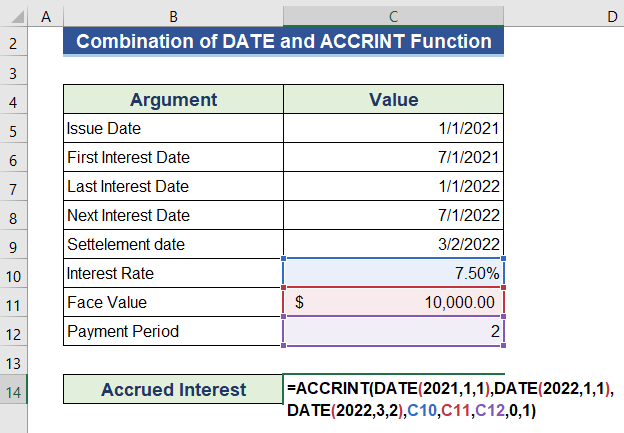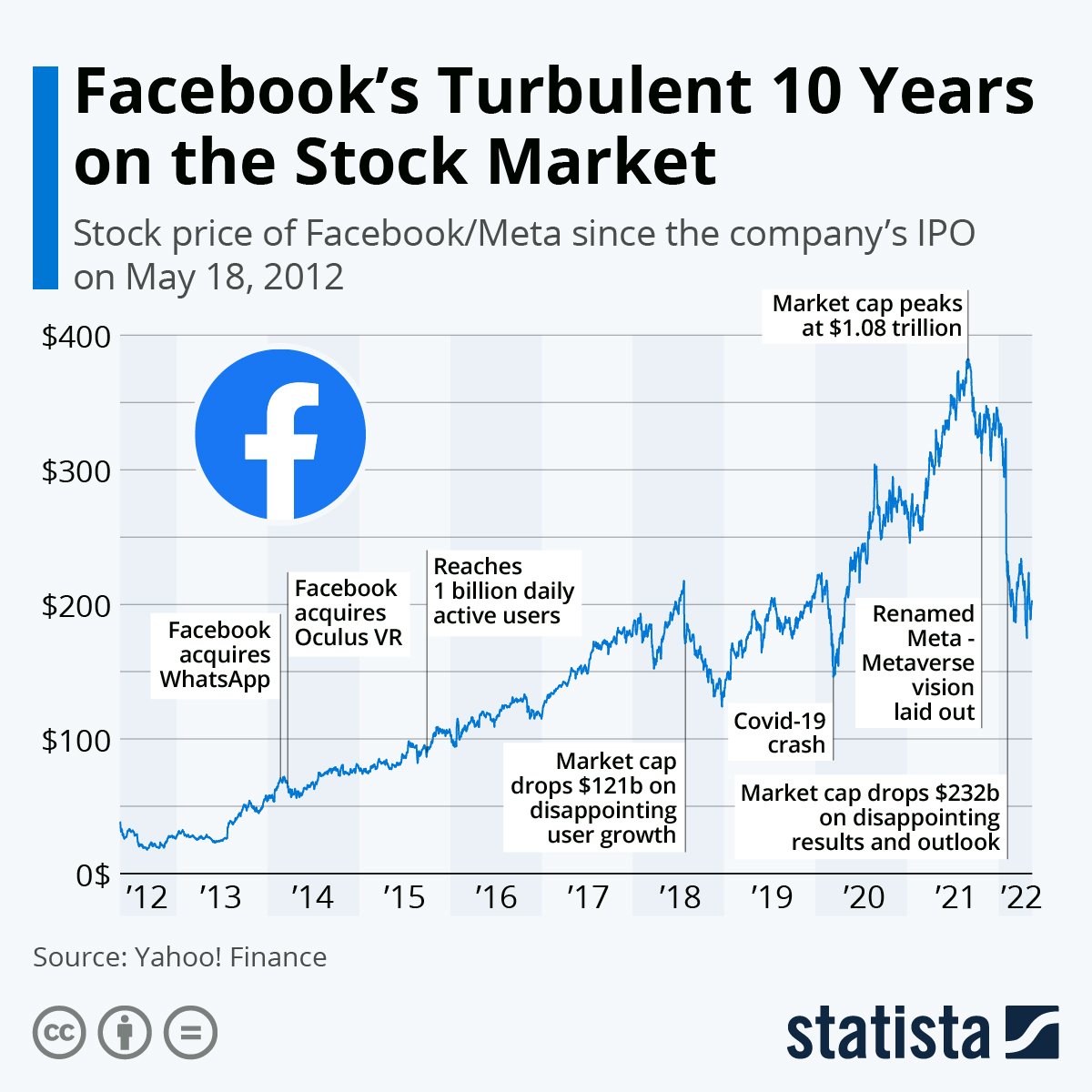
Corporate bonds are debt securities that are issued by private and public corporations. They pay interest twice a calendar year and are often issued in blocks of $1,000. They can be issued by private and public companies. Continue reading to discover the advantages and characteristics of corporate bonds. These are the main points to remember when making a decision about whether or not to buy this type of debt. Let's take a closer glance! What Makes Corporate Bonds So Popular?
Interest is paid twice annually
What's the deal with corporate bonds? In simple terms, corporate bonds are loans provided by companies and pay interest to the bondholders. These bonds mature at the expiration of the term and the company repays its bondholder for their face value. There are many kinds of corporate bonds. One type of corporate bond is zero-coupon. These bonds are not subject to interest and can only be purchased at a significant discount. However, the intention is to redeem them at their full face values at maturity. A floating-rate bonds, on the contrary, fluctuates in interest rate linked to money-market references rates. These bonds have lower yields than fixed rate securities but lower principal values.

In blocks of $1,000, bonds are issued
The face amount of corporate bonds refers to the amount the investor will get at maturity. However, there are some exceptions. Baby bonds are issued in 500-unit blocks. This difference means that investors can expect to receive $500 at maturity, while a $1,000 corporate bond is the equivalent of $100 worth of baby bonds. Although the face price of corporate bonds is important, it should be not the sole factor in determining their value.
They can be issued either by public or private corporations
Corporate bonds are debt obligations issued either by public or private corporations. These securities promise to return the face value of the bond within a specified time, known as the maturity date. These securities offer investors the opportunity to pay interest on a regular basis and receive principal payments when they mature. These bonds are rated by credit agencies. The higher the rating of the bond, the higher is the interest rate. Corporate bonds are not a way for investors to own any interest in the issuing organization.
They allow companies to raise capital.
Large-scale projects can be funded by bonds issued by many companies. This type of financing replaces bank financing and provides long-term working capital. Issue bonds to raise money privately or publicly by companies. They are also able to trade like shares. Bonds can be issued to investors as an equivalent to an IOU. Corporate bonds are not like common stock. However, they do not grant ownership rights to the company. Therefore, bondholders have better chances of getting their investment back that common stockholders.

They are subject to some risk
Corporate bonds, like all investments, are subject to risk. There may be a substantial gain or loss if the bonds are sold prior to their maturity date. Because interest rates tend to fluctuate over a longer time period, this risk is greater for long-term bonds. Investors will face higher risk if the bonds are purchased over a longer time period. This risk can be decreased by investing in corporate bonds that are short-term.
FAQ
What is a mutual fund?
Mutual funds are pools or money that is invested in securities. They provide diversification so that all types of investments are represented in the pool. This reduces risk.
Professional managers oversee the investment decisions of mutual funds. Some funds also allow investors to manage their own portfolios.
Mutual funds are more popular than individual stocks, as they are simpler to understand and have lower risk.
How Share Prices Are Set?
Investors are seeking a return of their investment and set the share prices. They want to make profits from the company. So they purchase shares at a set price. Investors will earn more if the share prices rise. If the share value falls, the investor loses his money.
Investors are motivated to make as much as possible. They invest in companies to achieve this goal. It helps them to earn lots of money.
What is the distinction between marketable and not-marketable securities
Non-marketable securities are less liquid, have lower trading volumes and incur higher transaction costs. Marketable securities, on the other hand, are traded on exchanges and therefore have greater liquidity and trading volume. Marketable securities also have better price discovery because they can trade at any time. But, this is not the only exception. There are exceptions to this rule, such as mutual funds that are only available for institutional investors and do not trade on public exchanges.
Marketable securities are less risky than those that are not marketable. They typically have lower yields than marketable securities and require higher initial capital deposit. Marketable securities are typically safer and easier to handle than nonmarketable ones.
For example, a bond issued in large numbers is more likely to be repaid than a bond issued in small quantities. Because the former has a stronger balance sheet than the latter, the chances of the latter being repaid are higher.
Because of the potential for higher portfolio returns, investors prefer to own marketable securities.
Why is a stock called security.
Security is an investment instrument whose worth depends on another company. It can be issued as a share, bond, or other investment instrument. The issuer promises to pay dividends and repay debt obligations to creditors. Investors may also be entitled to capital return if the value of the underlying asset falls.
Statistics
- The S&P 500 has grown about 10.5% per year since its establishment in the 1920s. (investopedia.com)
- Even if you find talent for trading stocks, allocating more than 10% of your portfolio to an individual stock can expose your savings to too much volatility. (nerdwallet.com)
- Individuals with very limited financial experience are either terrified by horror stories of average investors losing 50% of their portfolio value or are beguiled by "hot tips" that bear the promise of huge rewards but seldom pay off. (investopedia.com)
- "If all of your money's in one stock, you could potentially lose 50% of it overnight," Moore says. (nerdwallet.com)
External Links
How To
How to Trade in Stock Market
Stock trading involves the purchase and sale of stocks, bonds, commodities or currencies as well as derivatives. Trading is French for "trading", which means someone who buys or sells. Traders sell and buy securities to make profit. This is the oldest form of financial investment.
There are many ways you can invest in the stock exchange. There are three types of investing: active (passive), and hybrid (active). Passive investors are passive investors and watch their investments grow. Actively traded investor look for profitable companies and try to profit from them. Hybrid investor combine these two approaches.
Passive investing can be done by index funds that track large indices like S&P 500 and Dow Jones Industrial Average. This strategy is extremely popular since it allows you to reap all the benefits of diversification while not having to take on the risk. You can just relax and let your investments do the work.
Active investing is the act of picking companies to invest in and then analyzing their performance. An active investor will examine things like earnings growth and return on equity. They will then decide whether or no to buy shares in the company. If they feel the company is undervalued they will purchase shares in the hope that the price rises. They will wait for the price of the stock to fall if they believe the company has too much value.
Hybrid investment combines elements of active and passive investing. One example is that you may want to select a fund which tracks many stocks, but you also want the option to choose from several companies. In this instance, you might put part of your portfolio in passively managed funds and part in active managed funds.